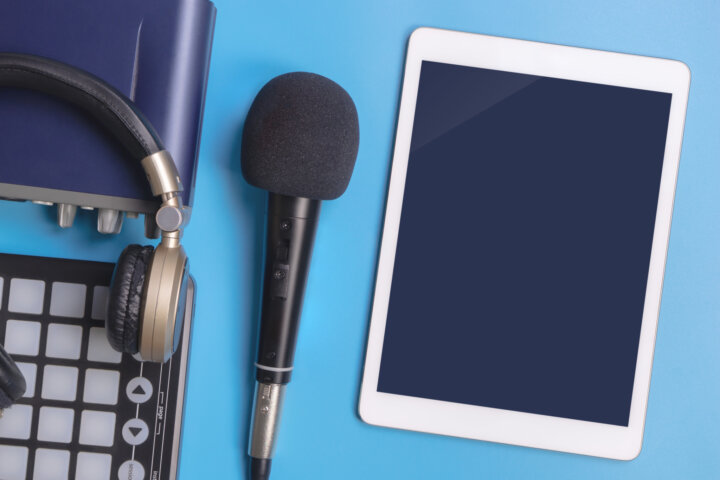Two Languages, Two Scripts: Bilingual and Biscriptal Children with and without Reading Difficulties Read and Write in Persian (L1) and Swedish (L2)
Baran Johansson har undersökt tvåspråkiga elevers läsande och skrivande på persiska och svenska i årskurs 4 till 9.
Baran Johansson
Professor Eva Lindgren, Umeå universitet. Universitetslektor Maria Levlin, Umeå universitet
Professor Emeritus Sven Strömqvist, Lunds Universitet
Umeå universitet
2022-02-24
Två språk, två skriftsystem: tvåspråkiga barn med och utan lässvårigheter läser och skriver på persiska och svenska
Two Languages, Two Scripts: Bilingual and Biscriptal Children with and without Reading Difficulties Read and Write in Persian (L1) and Swedish (L2)
Institutionen för språkstudier
Two Languages, Two Scripts: Bilingual and Biscriptal Children with and without Reading Difficulties Read and Write in Persian (L1) and Swedish (L2)
The main aim of this dissertation was to explore L1 (Persian) and L2 (Swedish) reading and writing of 26 bilingual biscriptal children with and without reading difficulties (RD) (years 4–9). Previous studies have mainly focused on Latin scripts or one alphabetic and one non-alphabetic script with English as L1 or L2.
Linguistic and cognitive skills related to word reading and writing fluency were analysed through standardised tasks across both languages. Regarding writing, each participant completed four tasks in each language, one narrative and one descriptive. Eye and Pen (EP) software was used to collect writing data and study children’s writing fluency and orthographic features that could disrupt writing fluency in each language. Furthermore, the writing of two bilingual children with RD was analysed through a meaning-making analysis. The EP software was used to investigate their writing processes. Moreover, a questionnaire was designed and interviews were conducted to investigate all the participants’ language and literacy usage and practice at home.
The results demonstrated that both bilingual children with and without RD were more fluent writers in their L2 (Swedish) compared to their L1 (Persian). Furthermore, most children were also more efficient readers in Swedish compared to Persian. The results also suggest that orthographic features could negatively affect children’s reading efficiency and writing fluency. Furthermore, the linguistic and cognitive skills that relate to word reading and writing fluency could vary across languages depending on the orthographic features and orthographic depth of each language. The results also suggest that the extent to which bilingual children with RD can use their knowledge about writing in both languages could depend on the type and extent of their difficulties. The results are analysed in relation to previous research and the educational implications are discussed.
Relaterade länkar

Undervisa i engelska med digitala verktyg
Kurs för dig som undervisar i engelska med digitala verktyg.
 Åk 7–Vux
Åk 7–Vux Köp den för 749 kr.
Kursintyg ingår.

